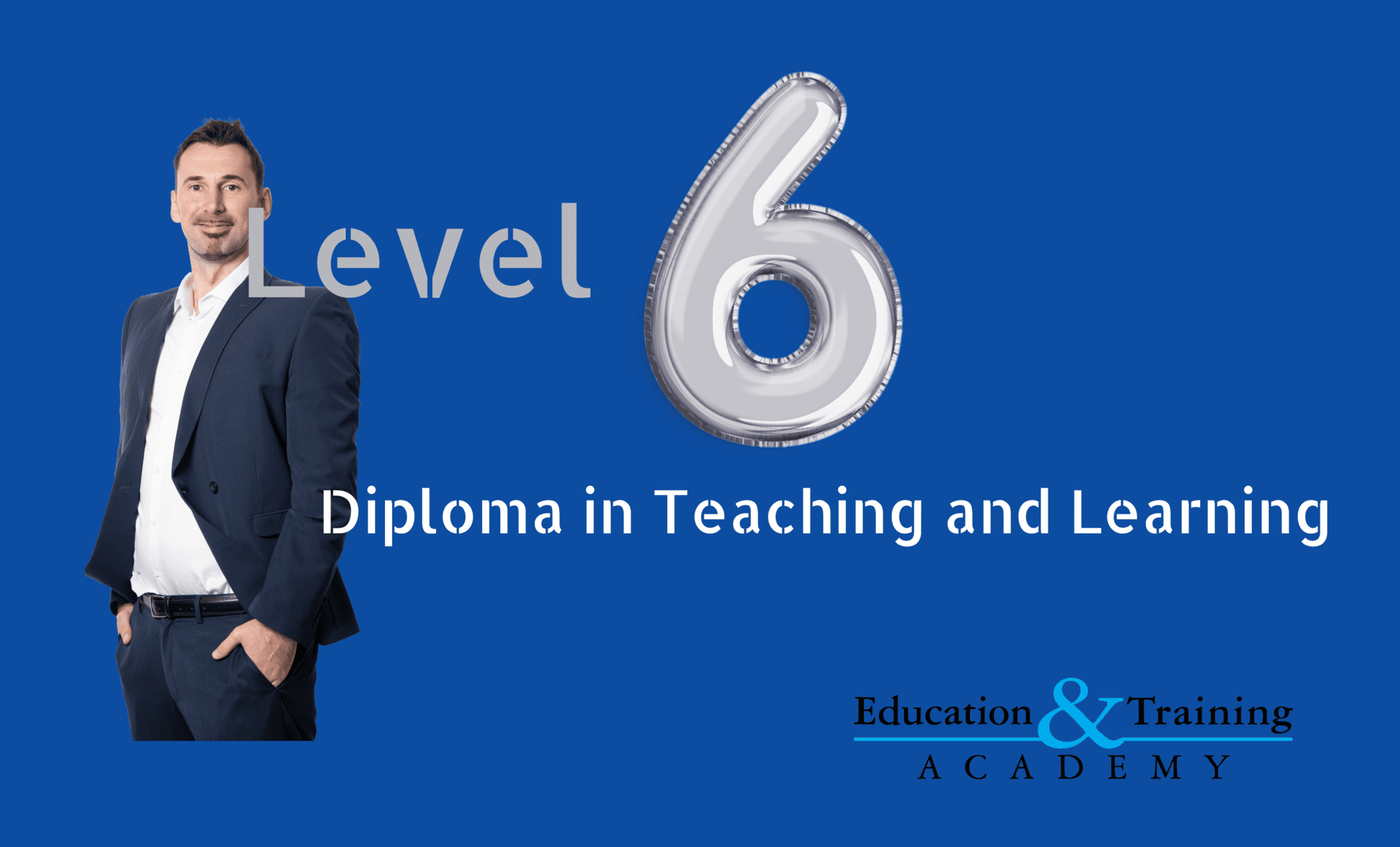
Empowering Every Learner: Strategies for Supporting Special Needs in the "Level 6 Diploma in Teaching and Learning" & "Level 5 Diploma in Teaching (FE and Skills) (DiT)"
In the pursuit of educational excellence, particularly within the frameworks of the "Level 6 Diploma in Teaching and Learning" and the "Level 5 Diploma in Teaching (FE and Skills) (DiT)", understanding and implementing strategies to support learners with special needs is crucial. This blog explores several approaches to ensure that every student receives the support they need to thrive in an inclusive learning environment.
Individualised Education Plans (IEPs) and 504 Plans: Customising Success
At the heart of supporting students with special needs in the "Level 6 Diploma in Teaching and Learning" and the "Level 5 Diploma in Teaching (FE and Skills) (DiT)" are Individualised Education Plans (IEPs) and 504 Plans. These tailored plans are pivotal in outlining specific goals, accommodations, and services, ensuring learners receive appropriate support. By embracing these plans, educators can provide a clear roadmap for success, tailored to each student's unique requirements.
Universal Design for Learning (UDL): A Framework for Inclusion
The Universal Design for Learning (UDL) is an essential framework within the "Level 6 Diploma in Teaching and Learning" and the "Level 5 Diploma in Teaching (FE and Skills) (DiT)". By offering multiple means of representation, engagement, and expression, UDL allows educators to cater to the diverse needs of all learners, ensuring everyone can access and engage with educational content. This approach is instrumental in creating flexible learning environments that accommodate the needs of every student.
Assistive Technology: Tools for Empowerment
In the "Level 6 Diploma in Teaching and Learning" and the "Level 5 Diploma in Teaching (FE and Skills) (DiT)", assistive technology plays a transformative role in supporting learners with special needs. From screen readers to speech-to-text software, these tools enhance accessibility and independence, allowing students to engage with educational content in ways that best suit their needs. Assistive technology is not just about overcoming challenges; it's about empowering learners to reach their full potential.
The Power of Peer-Assisted Learning
Peer-assisted learning is a valuable strategy within the "Level 6 Diploma in Teaching and Learning" and the "Level 5 Diploma in Teaching (FE and Skills) (DiT)" for supporting learners with special needs. By fostering an environment where students can learn from and support each other, this approach promotes social integration and understanding. It enriches the learning experience for both the learners with special needs and their peers, fostering a community of mutual respect and collaboration.
Conclusion: Fostering an Inclusive Educational Journey
In the journey towards inclusive education within the "Level 6 Diploma in Teaching and Learning" and the "Level 5 Diploma in Teaching (FE and Skills) (DiT)", embracing strategies to support learners with special needs is fundamental. From individualised plans to the innovative use of technology and the power of peer support, each strategy plays a crucial role in ensuring every learner has the opportunity to succeed. By integrating these approaches, educators can create a learning environment that recognises the strengths and potential of all students, empowering them to achieve their educational and personal goals.

